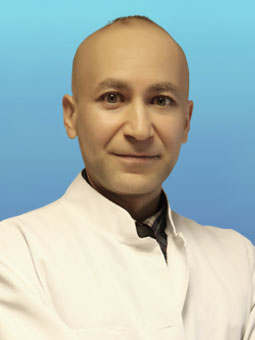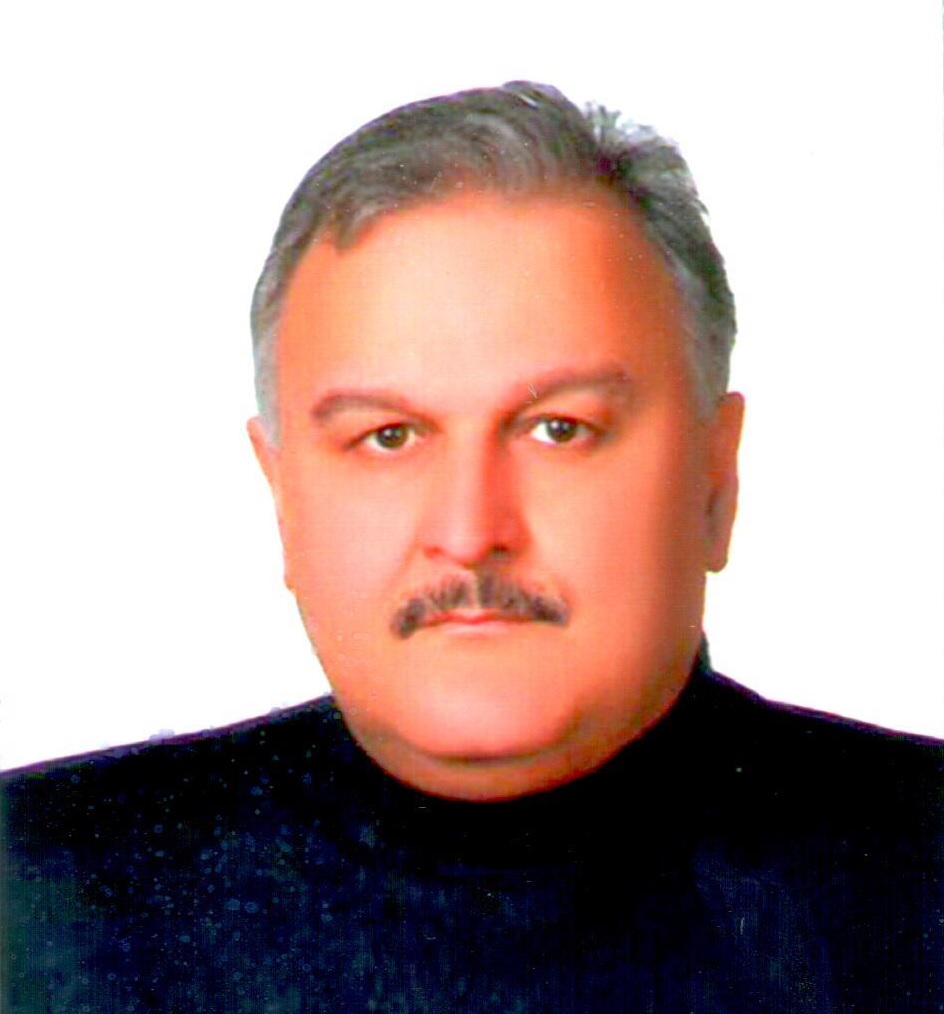
CARDIOLOGY
Early and accurate diagnosis of heart diseases
Heart diseases, despite all the developments, unfortunately still remain the number one cause of death in the world. Most of them suddenly emerge without any serious symptoms before. As the result, significant amount of sudden deaths occur. Turgut Özal, Barış Manço, Kemal Sunal and Cenk Koray's sudden deaths are the best examples we have seen in this issue. It must be known that the early and accurate diagnosis of heart diseases and the detection of existing congenital heart diseases are only possible with high technology devices.
The Nisa Hospital Cardiology Unit serves the diagnosis and treatment of congenital, rheumatic, hypertension and coronary insufficiency heart diseases with the latest products of technology under the guidance of specialist cardiologists. In the unit, all cardiological tests can be performed with ECG, holter, effort test, color doppler echocardiography, and emergency cardiological interventions (pacemaker) can be performed. It can also be applied to anyone who needs cardiology check-up which allows timely diagnosis and treatment of heart diseases.
The early and accurate diagnosis of heart diseases and the detection of existing congenital heart diseases are only possible with high technology devices. We say that you should know your heart better and we briefly describe the functions of the technological devices in our unit.
CARDIOLOGICAL CHECK-UP PROGRAM
- Cardiologist
- Color Doppler Echocardiography
- Effort Test
- Blood sugar
- Urea
- Lipit Profile
- Triglyceride
- Total Cholesterol
- HDL
- LDL
- VLDL
Early diagnosis is crucial so that heart diseases can be diagnosed and treated in a timely manner. This requires the arrangement of a specially programmed cardiological check-up. With a normal check-up program it is not possible to reveal occult heart disease.
Heart electro (ECG), lung x-ray, blood sugar, blood fats (cholesterol sub-groups, triglyceride), alias lipit profile, heart electro with effort and heart echocardiography (ECHO) if need be and if further examination is needed scintigraphy and heart angiography may be performed.
Risk factors can be identified in the methods to be applied. For example (examination can detect high blood pressure), with blood tests and diabetes and high cholesterol levels can be detected. Effort heart electroscopy can be used to demonstrate the effort capacity of the person, as well as the absence of complaints from the occult cardiovascular disease or chest pain cardiac involvement can be predicted up to 85 percent. With echo it is possible to demonstrate cardiac valve disease, heart failure, malfunction of the heart, hypertension, cardiac effect, heart muscle opening.
Your heart is not to be neglected
Our coronary intensive care unit, which includes technology that can return to normal activity in heart and respiration, myocardial infarction, severe heart and respiratory system diseases, serves with the expert physician and educated nurse staff 24 hours a day, 365 days a year.
Sudden blockage of one of the heart-feeding vessels by a blood clot results in a heart attack. The risk of death is very high in the first days, especially during the first hours of the patient who had a heart attack. For this reason, such patients should be followed and treated in coronary intensive care units. Thanks to our treatment and intervention in our Coronary Intensive Care unit, the occluded cardiac vessel can be opened with thrombolytic therapy (clot dissolving therapy) to stop the heart attack. Rhythm disorders that cause the death of the patient can be corrected with a defibrillator (shock) device.









